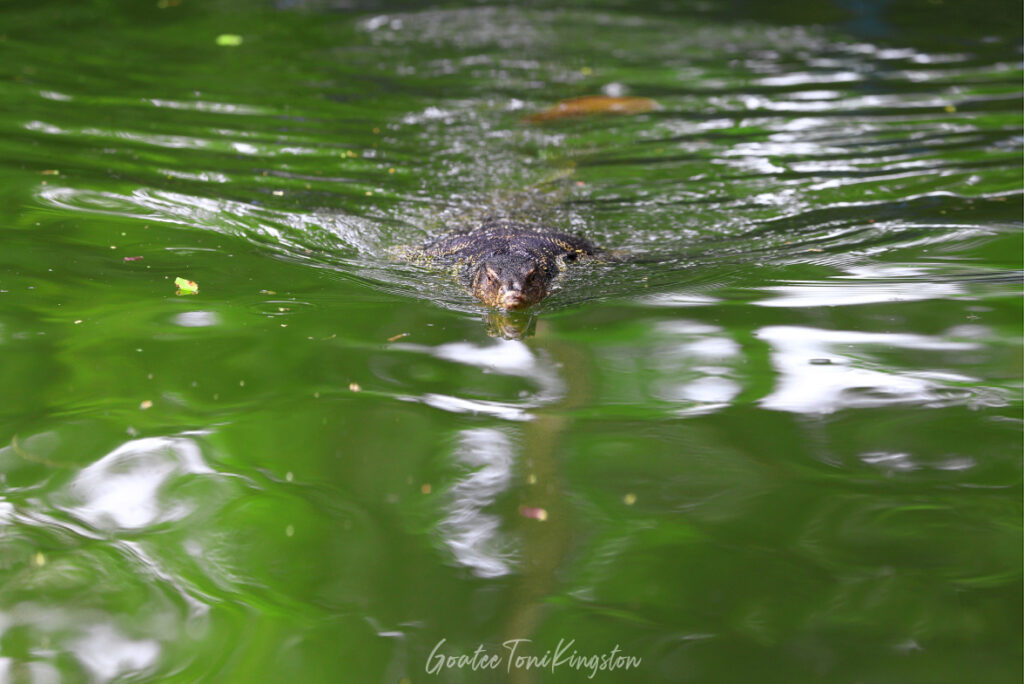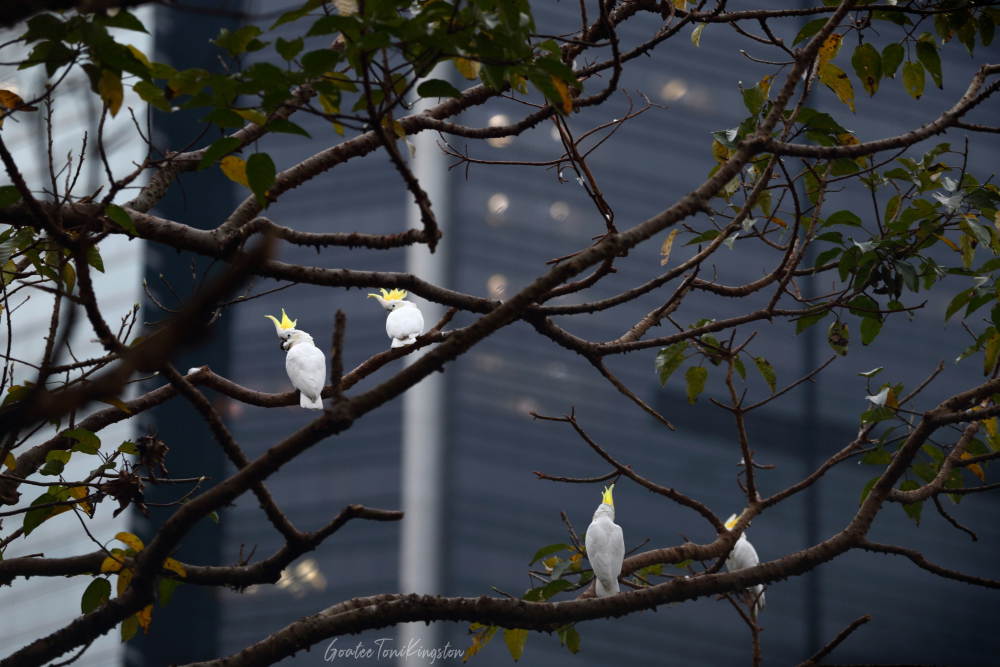Believe it or not? Aliens are everywhere in Hong Kong. There must be some around you. Of course, I am talking about alien species – the plants or animals introduced outside their original distributions. From mile-a-minute weed, water hyacinth, to house cockroaches, red fire ants, apple snails, to tilapia, and the vertebrates I mention below. Like it or not, we have many non-native species living here in Hong Kong, while some are thriving.
Are aliens invasive?
Ones that are not native to here can be called alien species, introduced species, or exotic species. Ones that have developed a stable wild population and are causing harm to the local ecosystem are called invasive species. Introduced snakes and huge monitor lizards may sound scary to most people. But in fact, cats could do much more harm. Studies found each feral cat kills an average of 576 native birds, reptiles, and mammals per year.
Even those that are not causing significant harm to nature but to human health, other valued resources, or the economy are called invasive species.
How did they end up here?
There are 3 major ways exotic species could possibly go into our natural environment:
- Released or escaped pets
- Released or escaped food animals
- Coming along in shipping containers
Most environmentalists would tell you most of the invasive species are escaped or released pets. I don’t know why they say that without any numbers. It may be easy to link them together when you see all these exotic species in the wild and you see the same species in the pet trade. But, hold on a second, scientists and experts shouldn’t make assumptions.
The exotic pet trade really is to blame?
Not to say that there are no escaped or released pets, there sure are, but the number should be way smaller than those from either of the other ways.
I’m not a fan of linking animals and money together. Actually this is the very last thing I want to talk about. But in regard to this matter, it is really about money, directly. So, there’s a price for every exotic pet in the trade. For some reason when exotic pet owners can’t help but have to get rid of their pets, they could sell them for money instead of releasing them for nothing. There are very few species with a greater supply than demand, usually the low-priced ones such as Red-eared sliders. The majority of exotic pets are easy to sell. They are exotic pets because they are exotic. If they are everywhere, no one wants them. Then they will be eliminated and not be imported to the market anymore. This is how the exotic pet trade works.
If I had to elaborate I would come up with a question on my mind, “Is the feral cat doing less harm to our local species than all the exotic pets combined if let’s say somehow they all went into the wild?” I don’t know. I would be more optimistic if the answer was yes. If cats have been pets for such a long time and not much awareness of it was raised then having exotic pets doesn’t sound like such a huge issue as the environmentalists and organizations claimed to be.
On the other hand, I see a much larger number of exotic animals from the food markets and imported goods going into the wild.
Escaped or transported by accident
There have been a number of times that live animals from food markets escaped by accident and went to the wild. Years ago there were hundreds of smuggled adult monitor lizards being abandoned in broken wood crated while the smugglers running away from the customs and police. That’s only one of the many similar incidents.
Small animals can be hitchhikers! Geckos, skinks, other small lizards, insects, and arachnids can come together with imported wood, plants, furniture, fruits, vegetables, cars, and many other imported items. They hide very well inside and easily join in the shipment.
Released on purpose – the worst “good deed”
There is also this “mercy release” practice – a ritual that religious organizations free animals bought mainly from food markets. The animals set free are mostly non-native, wild-caught species of all kinds: Whatever live seafood they can buy, insects, bullfrogs, toads, turtles, lizards, snakes, birds, and mammals, HUNDREDS OF THOUSANDS of them at a time, every week! They even listed all the lives they set free and how much they spent on them on the news with a happy face. One single random believer can easily spend 500k HKD every month buying off anything alive from the markets for releasing in the wild.
But the thing is, they have been flushing freshwater animals down the sea, pouring seafood in drinking water reservoirs, setting land tortoises free in the water, etc. How amazingly wrong! Oh no, hold on, it’s actually better than that if they were released in more suitable habitats and could live, thrive, and possibly harm our local species. Umm. I’m speechless. This is the very few times in life I have to say I’d rather those animals not make it..
LIZARDS

The Asian water dragon has a long history of living here. I first found them in the wild in the early 80s. My uncles spotted them back in the 60s.

Whether if the Asian water monitor is a native or introduced species is not confirmed. But many believe it is an introduced species. Some cousins of this species have also been spotted in the wild such as the yellow-headed or Philippine water monitor (Varanus cumingi).
TURTLES
Over 10-12 species of freshwater turtles can be found in the wild in Hong Kong. Only 5 species are native. All the rest are introduced such as:
- Yellow pond turtle (Mauremys mutica)
- Chinese stripe-necked turtle (Ocadia sinensis)
- Red-eared Slider (Trachemys scripta elegans)
- Alligator snapping turtle (Macrochelys temminckii)
- Common snapping turtle (Chelydra serpentina)


The Chinese box turtle and Amboina box turtle are commonly available in food markets.
BIRDS
Introduced birds include:
- Rock pigeon (Columba livia),
- Asian emerald dove (Chalcophaps indica),
- Rose-ringed parakeet (Psittacula krameri),
- Azure-winged magpie (Cyanopica cyanus),
- House crow (Corvus splendens),
- Huet’s fulvetta (Alcippe hueti),
- Silver-eared mesia (Leiothrix argentauris),
- Common myna (Acridotheres tristis)

Yellow-crested cockatoo – Hong Kong Governor Sir Mark Aitchison Young released them before surrendering Hong Kong to the Japanese in 1941.
MAMMALS
Introduced mammals include:
- Feral domestic cat,
- Feral domestic dog,
- Feral domestic ox,
- Feral domestic water buffalo,


Monkeys and squirrels were introduced, too.
Natural Selection
Animal migration happens in birds, mammals, fish, reptiles, amphibians, insects, and crustaceans all around the world, naturally. Whether it is natural catastrophes or man-made disasters, it is not something new. Non-native species occupying a local environment and stealing resources from local species sounds familiar, huh? Homo sapiens has been doing this for 3 million years. Natural selection itself can evolve, too, into a modern form.
